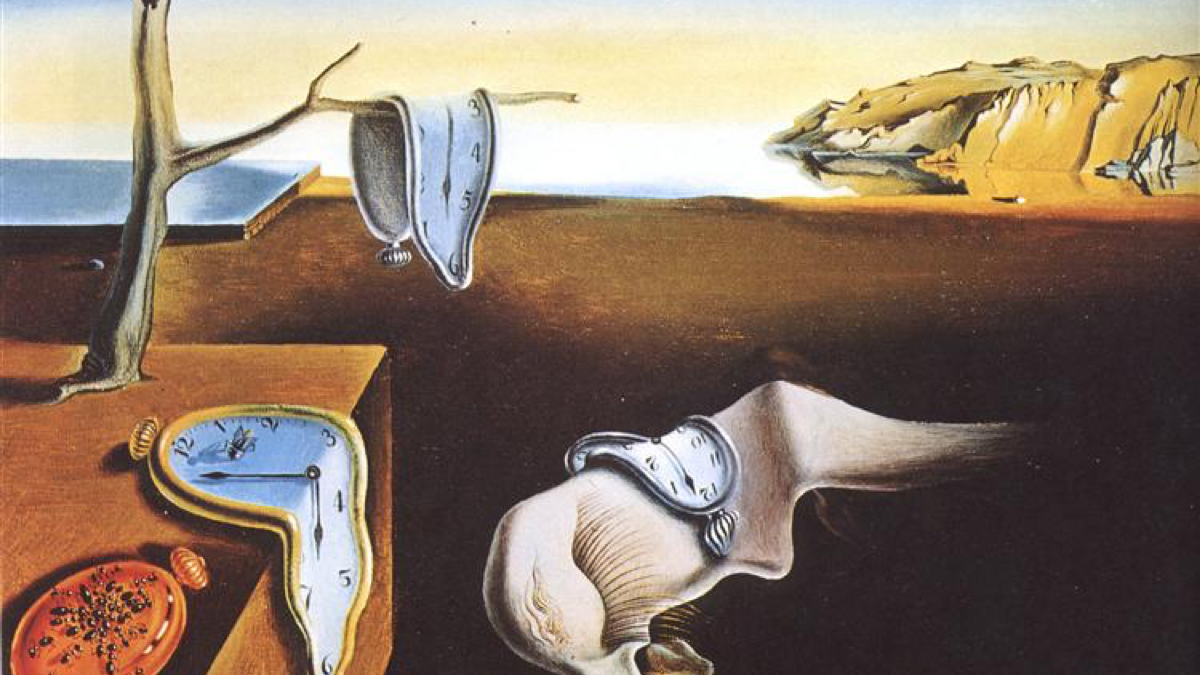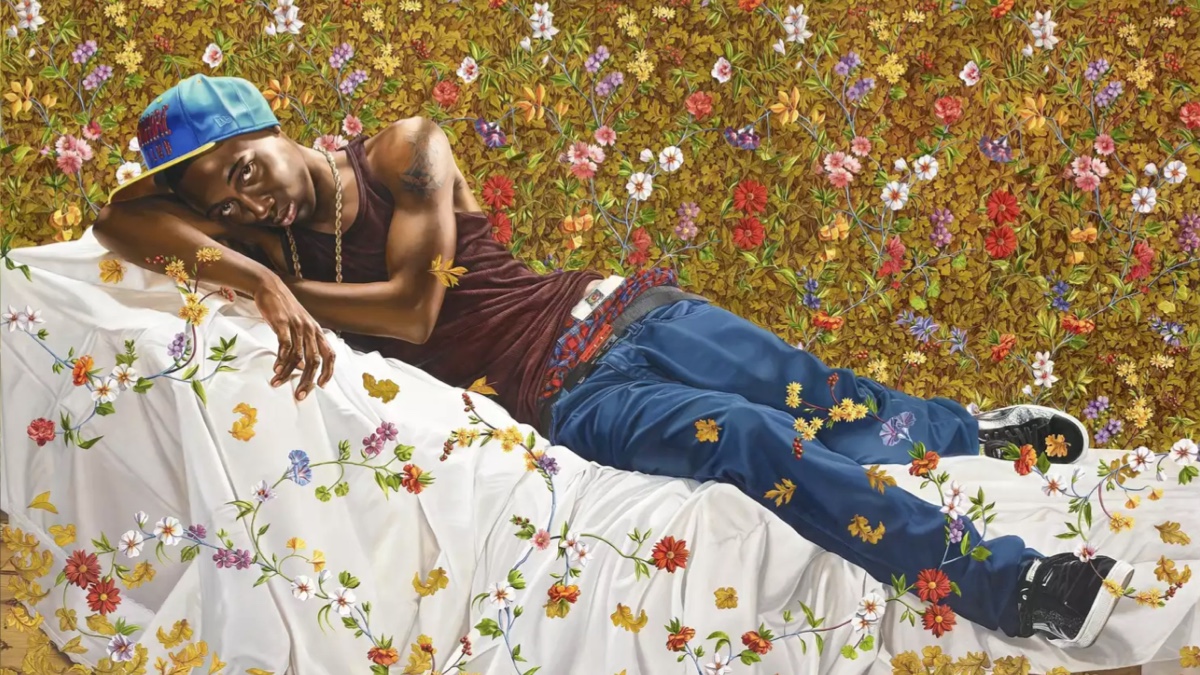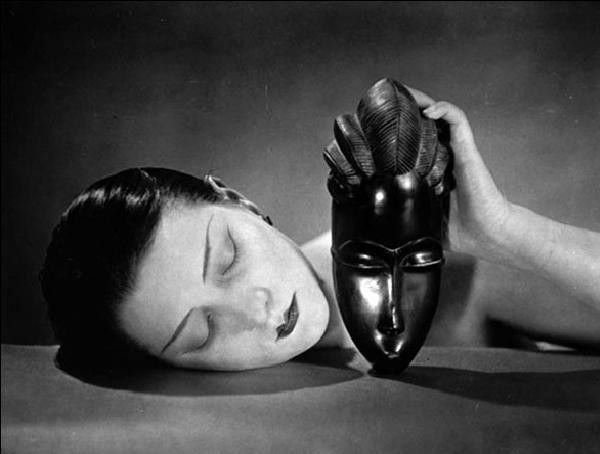
Understanding Man Ray's Surrealist Photographs
Born on August 27, 1890, in Philadelphia, USA, Emmanuel Radnitsky, famously known as Man Ray, revolutionized the solarization technique in his surrealist photographs called Rayographs. Turning away from a scholarship in architecture in 1908, he embarked on an artistic journey supported by his parents who converted part of their home into his studio.
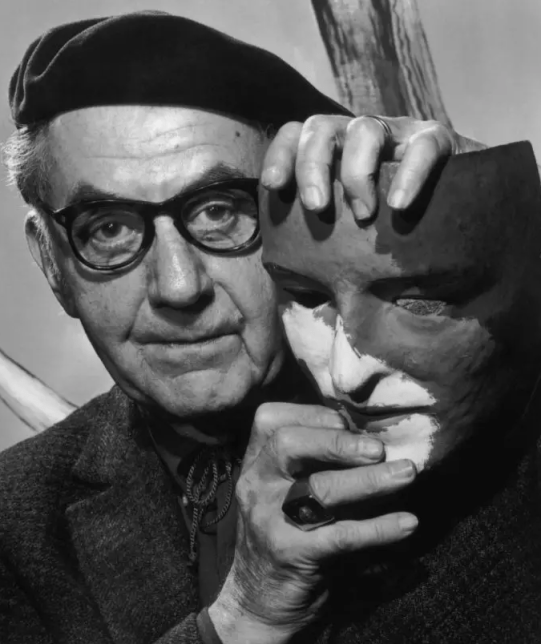
Emerging within American modernism in the 1910s, he later flourished in Paris during the 1920s and 1930s, deeply engaging with movements like Cubism, Futurism, Dada, and Surrealism. Notably, he refined photography techniques such as the photogram and collaborated with Lee Miller on solarization. Amidst World War II, he moved to New York in the 1940s, where he gained acclaim as a fashion photographer. Man Ray’s extensive career traversed continents and artistic movements, leaving an indelible mark on the art world.
Exploring Influences Across Art History Movements
While initially known for his abstract painting, Man Ray embraced a more fluid approach, shifting between various artistic forms. As he was influenced by Dada and Surrealism, he challenged the superiority that painting held over photography and prioritized the concept behind a work of art over the work of art itself.
Man Ray was influential in both Dadaism in New York and Surrealism in Paris. Initially inspired by cubism and expressionism, he worked across various mediums including sculpture, painting, film, and photography. Living in Paris for 20 years, he was in contact with prominent artists such as Max Ernst, Salvador Dali, and Picasso. Meeting Marcel Duchamp spurred a shift towards Dadaism, challenging conventional notions of art and advocating spontaneity. Alongside Duchamp and Francis Picabia, Man Ray became a leading figure in the Dada movement.
Man Ray’s Rayographs
In Paris, Man Ray pioneered the technique of rayography (a term derived from his surname and photography) creating images without a camera by manipulating objects and light on photosensitive paper. This innovative approach imbued traditional photography with a surreal quality, as seen in his famous Untitled Rayograph from 1922.

Ray’s rayographs, represented a departure from conventional methods. By experimenting with light and objects, he generated abstract and irrational compositions, contributing significantly to the Surrealist movement. Ray’s exploration of rayography led him to distance himself from painting, embracing the direct manipulation of light as his primary artistic medium.
When Man Ray began a love affair in 1929, as well as an artistic collaboration with Surrealist photographer Lee Miller, he revolutionized the solarization technique. This technique, discovered accidentally, became a tool for Man Ray to escape banality. It involves the partial or complete inversion of image densities due to intense overexposure, resulting in a photograph with reversed tonalities.
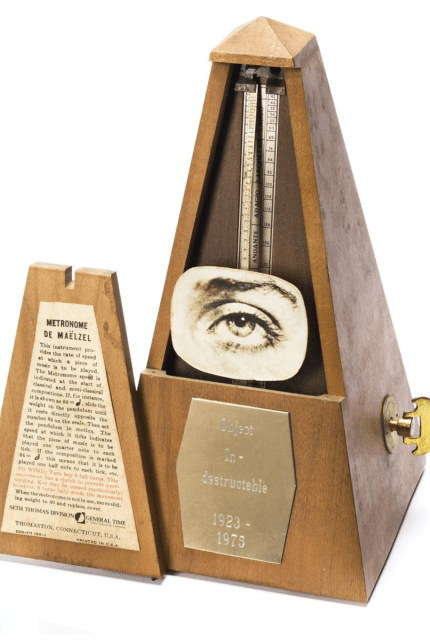
Additionally, in response to losing Miller, he created Object to be Destroyed (1932), featuring her eye on a metronome with destruction instructions. In 1957, students followed the instructions, leading to its destruction, later renamed Indestructible Object.
Black and White, 1926

Black and White, 1926, first featured in Vogue magazine, this iconic photograph portrays Kiki de Montparnasse beside an African ceremonial mask. The image reflects the artist’s fascination with African art. In 2017, Black and White was purchased for 2.6 million euros ($3,120,658) at Christie’s in Paris, ranking as the 14th most expensive photograph ever auctioned.
Glass Tears, 1932
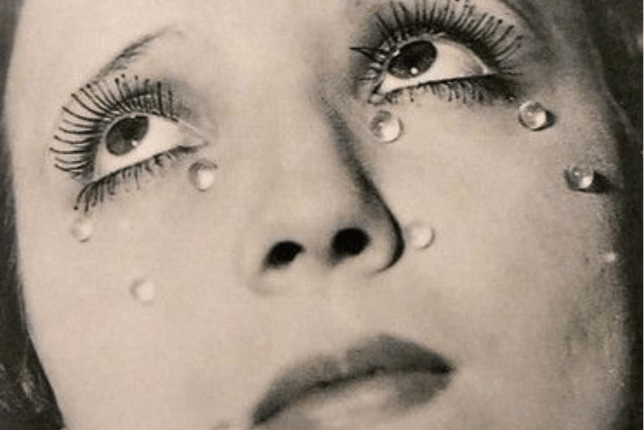
In 1932, Man Ray captured an evocative portrayal of Lydie, a French can-can model, accentuated by makeup and notably elongated eyelashes. Adding small pearls of glycerine upon her face, he ingeniously simulated tears. He meticulously cropped the photograph and integrated it into a published work, thus elevating it into an autonomous masterpiece. Within this photograph, the artist unveils a compelling narrative, wherein fantasies intertwine with raw emotions, oscillating between fervent passion and profound suffering.
Ingres’s Violin, 1924
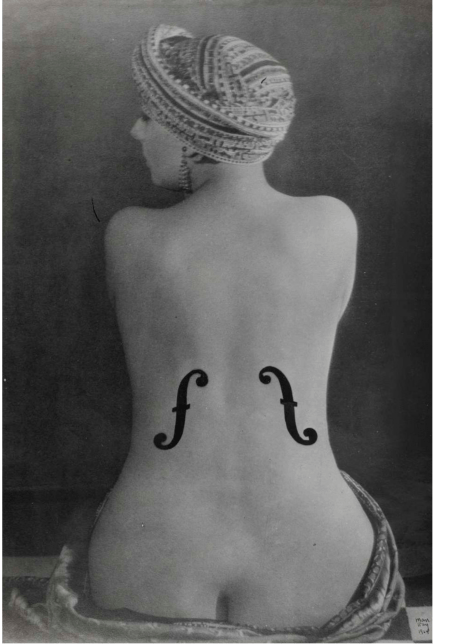
Man Ray’s iconic 1924 photograph Ingres’s Violin, features Kiki de Montparnasse’s bare back. Ray drew the two black shapes, violin-like f-holes, on Kiki’s back to make it appear like musical instruments. Kiki de Montparnasse, was his lover and muse when he first lived in Paris, appearing in many of his famous works. Ray drew violin-shaped marks on her back and experimented with the Sabattier effect for a silvery effect. The solarization effect renders photos with full exposure, yielding striking black and white images, whereas the Sabattier effect brings about partially exposed photos, leading to a diverse range of tones.
This iconic piece set a new world record as the most expensive photograph ever sold at auction, reaching $12.4 million at Christie’s New York in May 2022, after a competitive bidding period lasting nearly ten minutes.
Ray also made a number of short films between 1923 and 1929: creating classic Surrealistic works like L’Etoile de Mer, Emak Bakia, as well as Les Mysteres du chateau Dé.
“I photograph the things that I do not wish to paint, the things which already have an existence”
Man Ray’s surrealist photographs stand as a testament to his innovative approach, notably his mastery of techniques like solarization. His immersion in Dadaism in New York and Surrealism in Paris paved the way for iconic pieces such as Le Violon d’Ingres. To delve deeper into Man Ray’s artistic journey as a multifaceted artist, who was not only a photographer but also a painter, explore our extensive collection.

About Artsper
Founded in 2013, Artsper is an online marketplace for contemporary art. Partnering with 1,800 professional art galleries around the world, it makes discovering and acquiring art accessible to all.
Learn more











